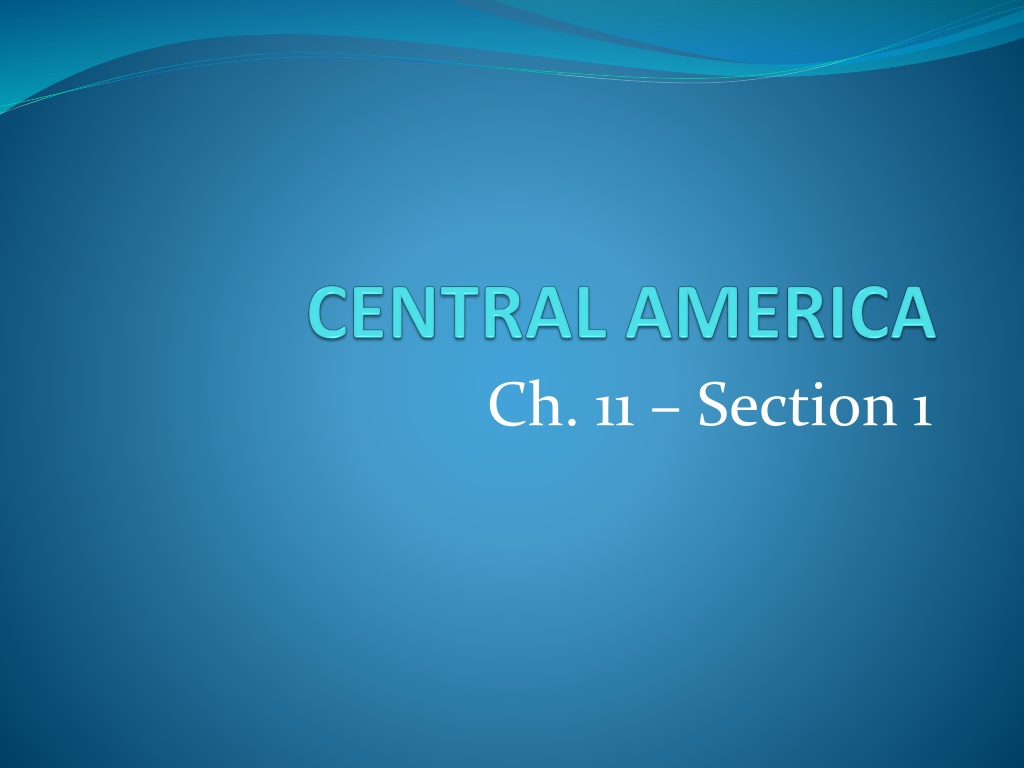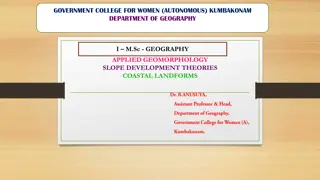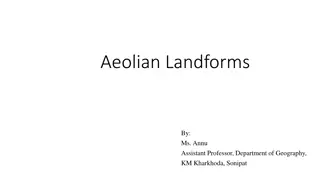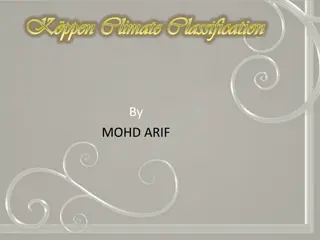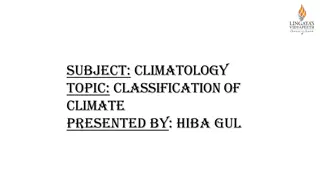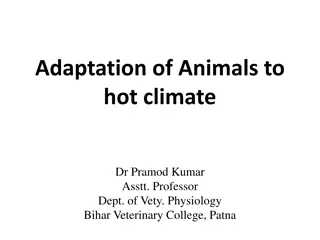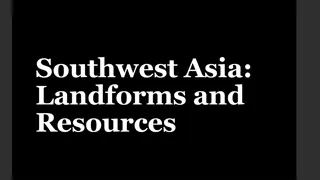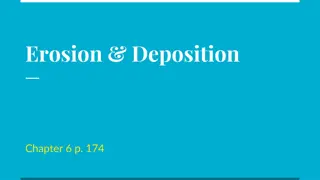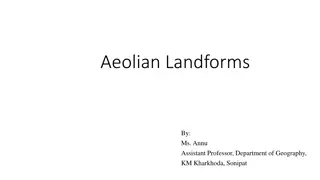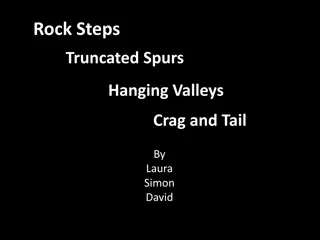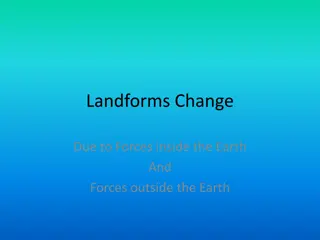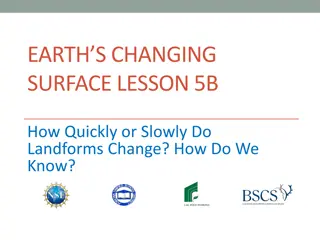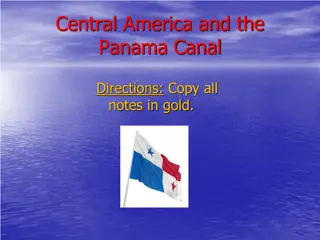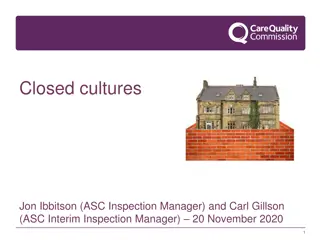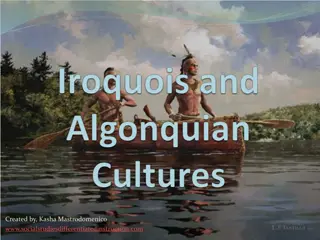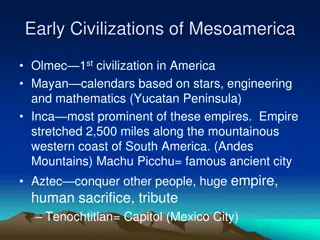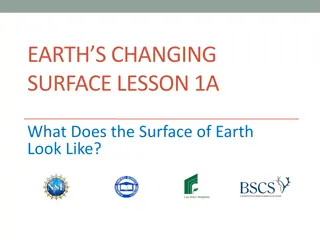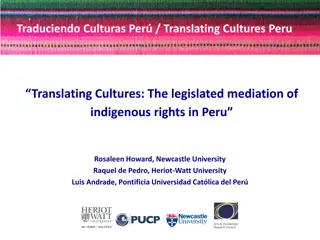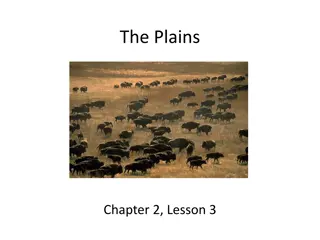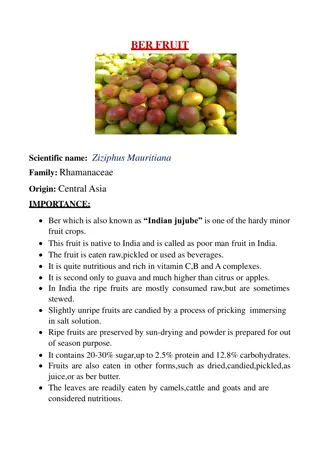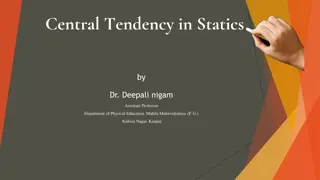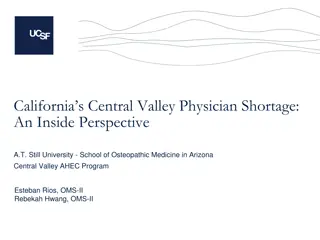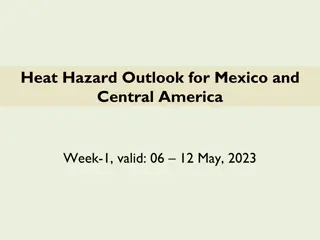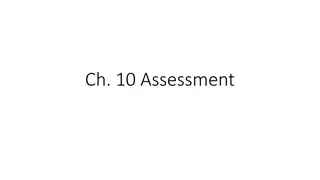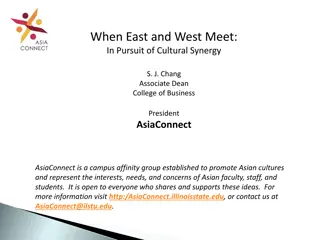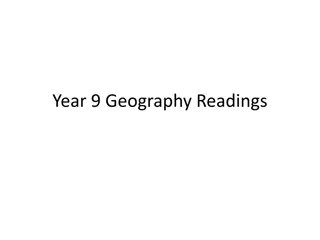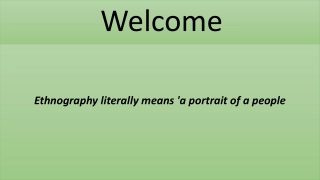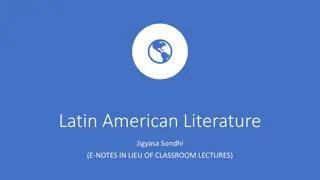Overview of Central America: Landforms, Climates, People, and Cultures
Central America, an isthmus connecting North and South America, comprises seven countries with diverse landforms and climates. The region features mountainous cores, Caribbean lowlands, and Pacific coastal plains, each with unique characteristics. The population is a mix of indigenous peoples, Europeans, Mestizos, and those of African descent, contributing to a rich tapestry of cultures. Socioeconomic disparities exist, with wealthy plantation owners dominating the political landscape and a significant portion of the population living in poverty.
Download Presentation

Please find below an Image/Link to download the presentation.
The content on the website is provided AS IS for your information and personal use only. It may not be sold, licensed, or shared on other websites without obtaining consent from the author. Download presentation by click this link. If you encounter any issues during the download, it is possible that the publisher has removed the file from their server.
E N D
Presentation Transcript
I. Background A. Central America is an isthmus narrow strip of land, with water on both sides, that connects two larger bodies of land B. 7 countries occupy Central America 1. Belize 2. Guatemala 3. Honduras 4. El Salvador 5. Nicaragua 6. Costa Rica 7. Panama
II. Landforms & Climates A. 3 major landforms regions make up Central America: 1. mountainous core 2. Caribbean lowlands 3. Pacific coastal plain
1. Mountainous Core A. Mountains run the length of Central America B. Many of the mountains are active volcanoes C. 2 climates zones in this area: 1. elevations of 3,000-6,000 ft. have year-round, springlikeclimate 2. above 6,000 ft. is cold with frost
2. Caribbean Lowlands A. Eastern side of Central America along the Caribbean Sea B. Tropical wet climate that is hot and humid all year C. Heavy rainfall in this area D. Rainforest soil is not very fertile, limiting the crops that can be grown here
3. Pacific Coastal Plain A. Western side of Central America B. Has tropical wet and dry climate with savanna, or grassland, vegetation C. Depends on rain only in the summer D. Volcanoes in the mountains affect the land because of the lava flows and volcanic ash (makes the land extremely fertile)
III. People and Cultures A. Indians 1. people who have lived here the longest 2. each group of Indians have their own history, culture, & language 3. largest amount live in Guatemala (1/2 of the population) B. Europeans & Mestizos 1. arrived in 1500s, mostly from Spain 2. Spanish is the official language in almost all of C.A. 3. Mestizos are those people who have ancestors of both Indian and European descent C. African Descent 1. some are descendants of slaves (1500s) 2. most are descended from people who moved here from the Caribbean Islands in the 1900s
IV. Wealth and Poverty A. Rich 1. plantation owners/Europeans/Mestizos 2. dominate government and politics B. Poor 1. 2/3 of all Central Americans are poor 2. most are of Indian and African descent 3. farmers or laborers C. Middle Class 1. farmers who own small, noncommercial farms 2. some employees in urban industries
V. Economic Activities A. Majority of Central Americans earn a living through farming B. Most of the rural population live by subsistence farming C. On the large plantations, the crops are mostly shipped to the US or Europe & account for over half of their income
VI. Political Conflict A. Many of Central America s issues become intense fights B. Each region has specific problems, but the largest one is the shortage of available farmland to meet the needs of the population C. Land is not distributed properly most of the land is given to the wealthy D. Recent governments favor the wealthy, so many guerrilla movements (armed forces not in the military) have organized to revolt
